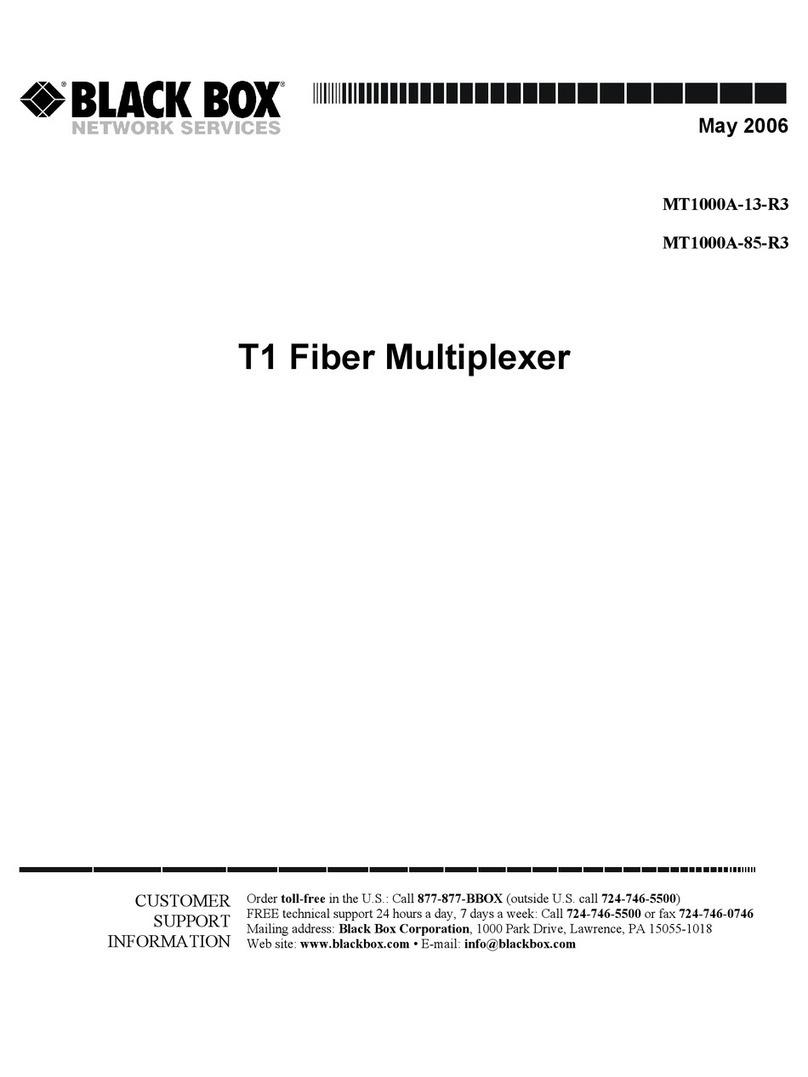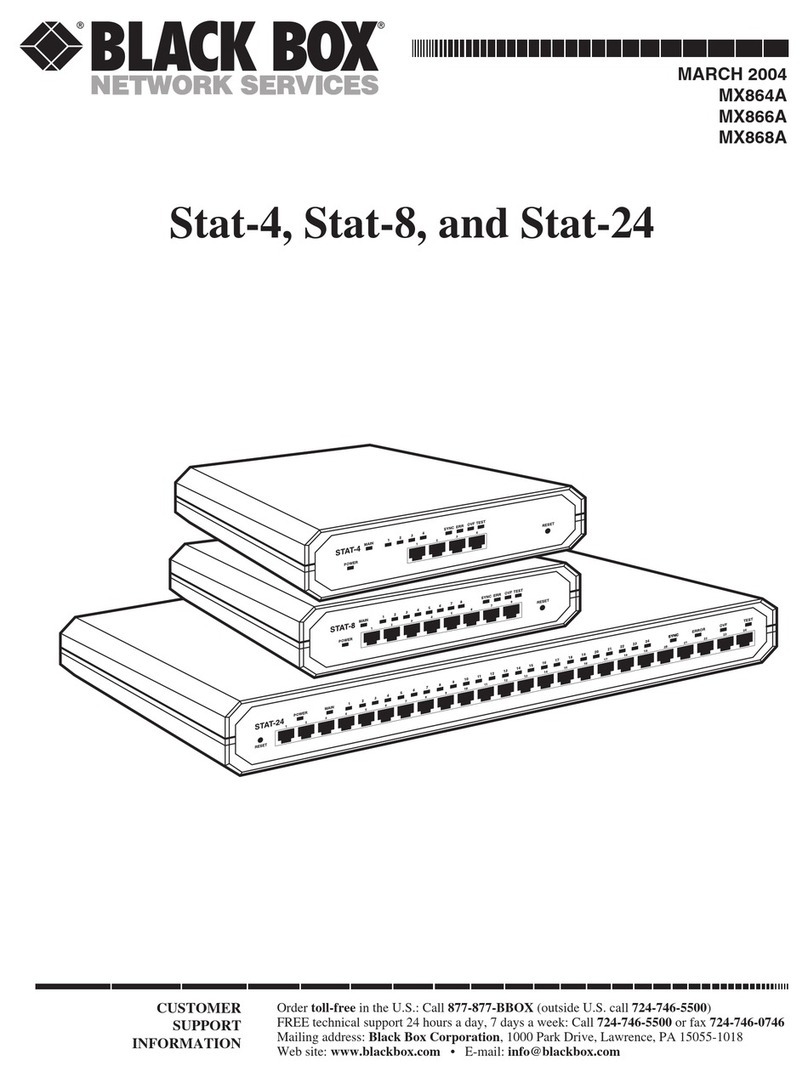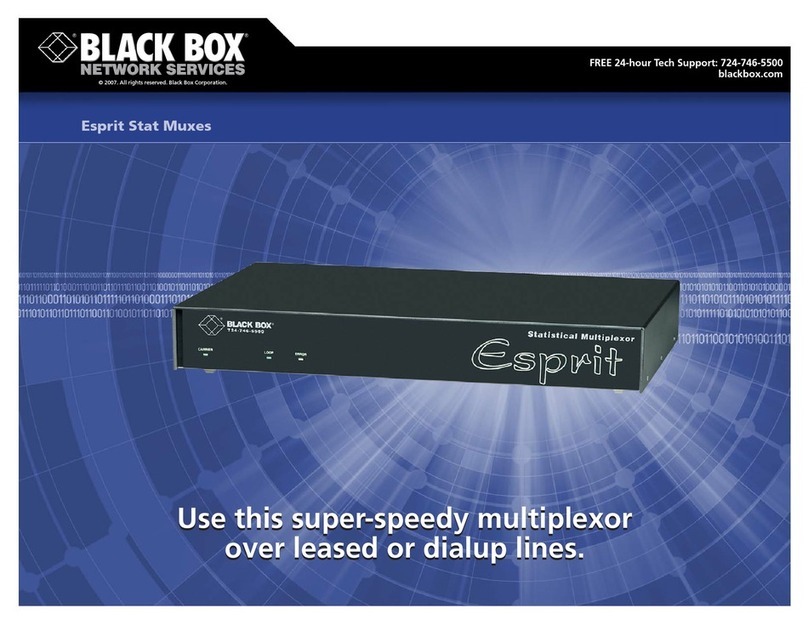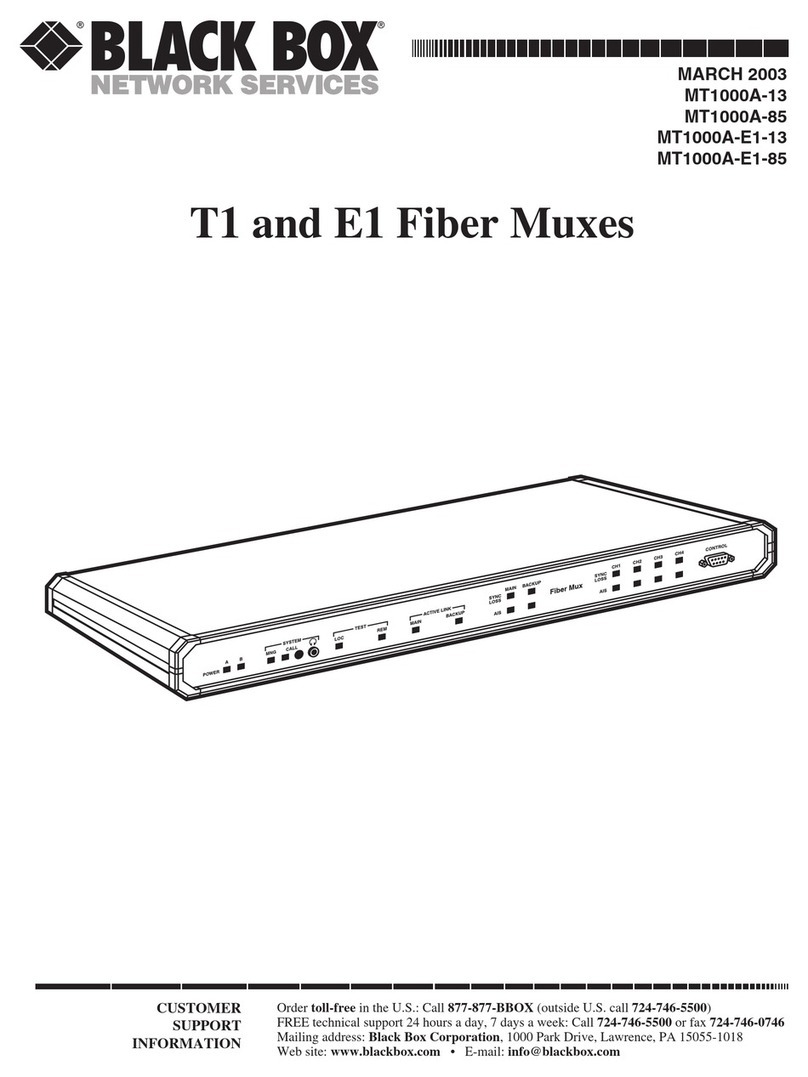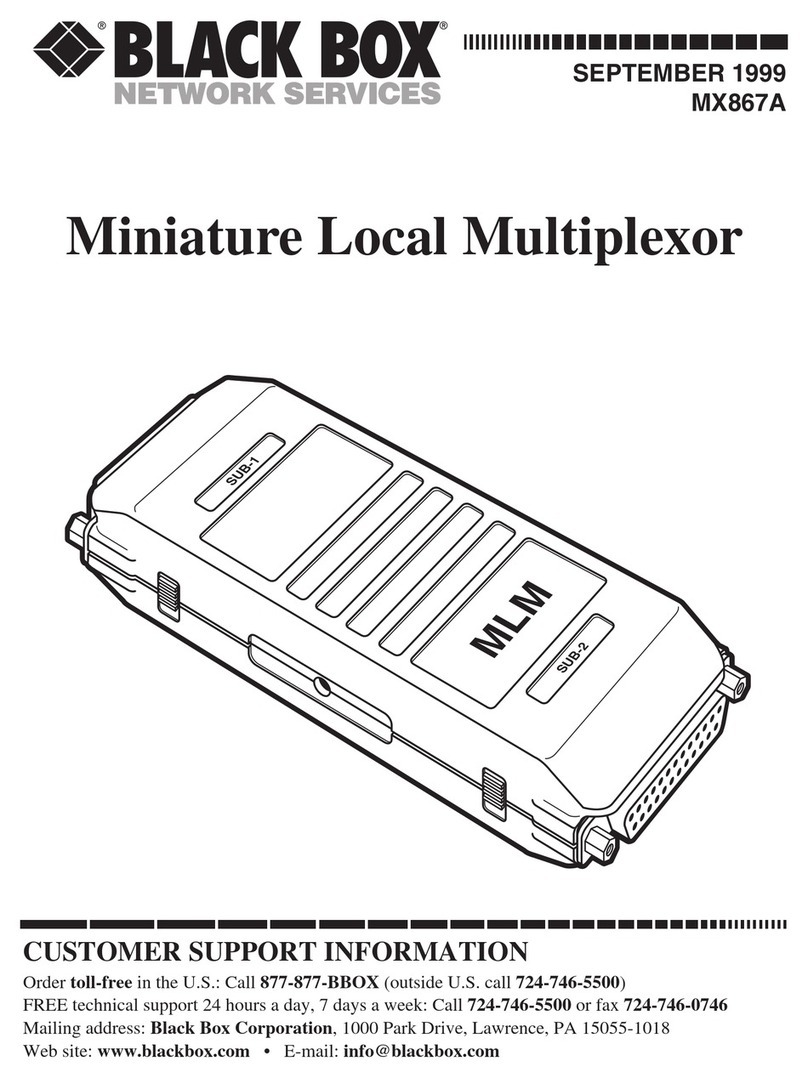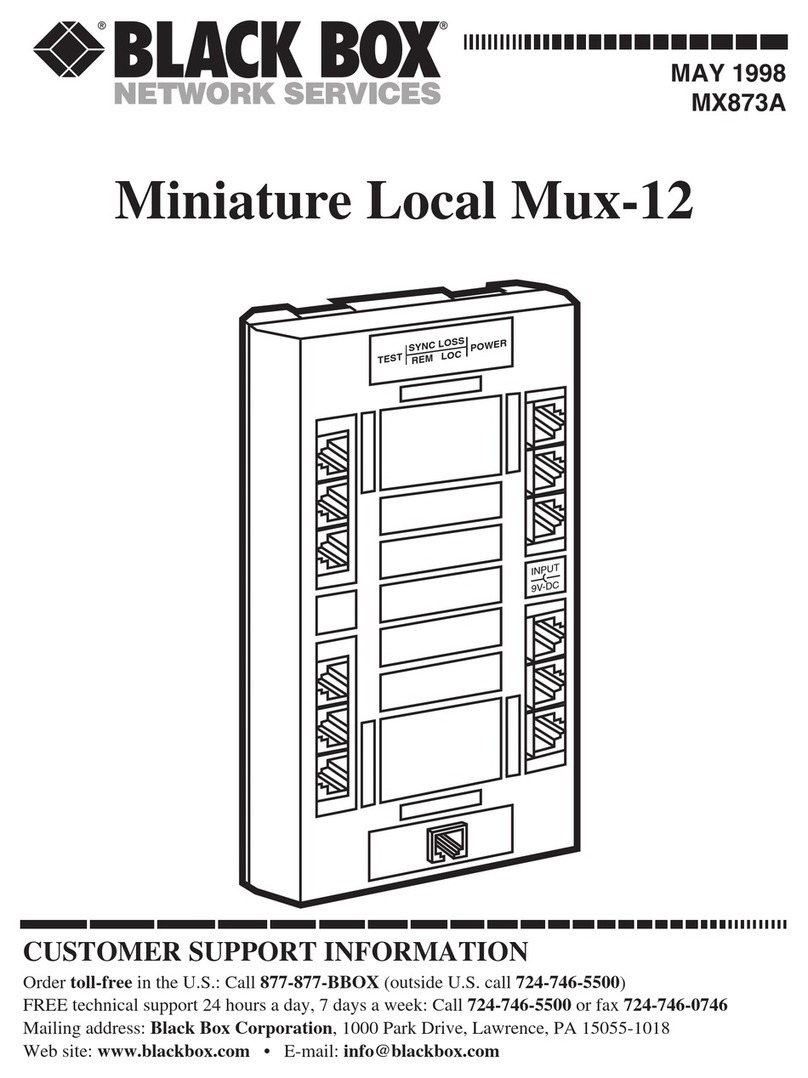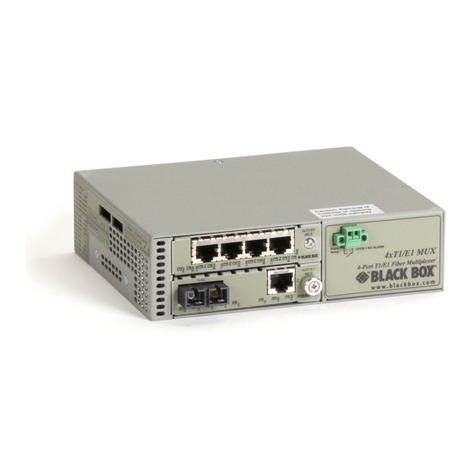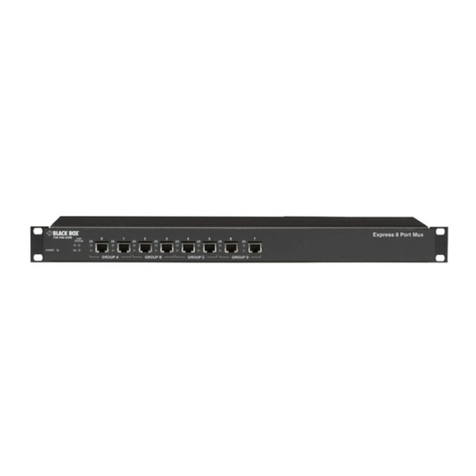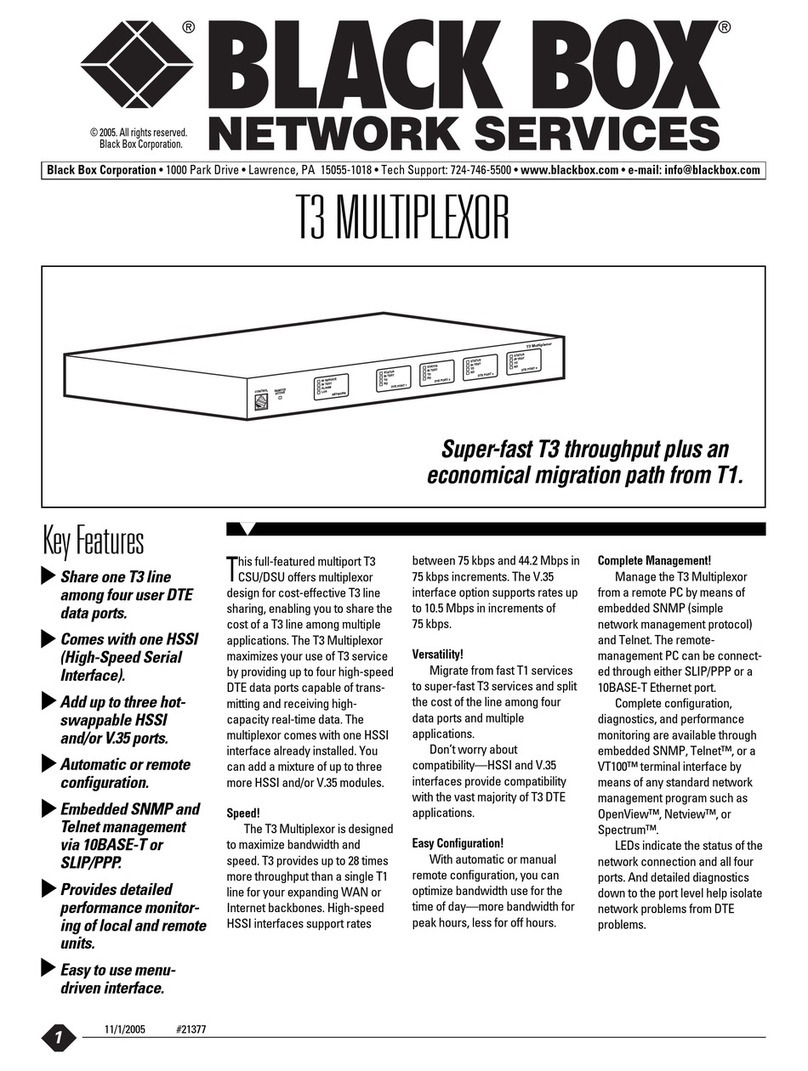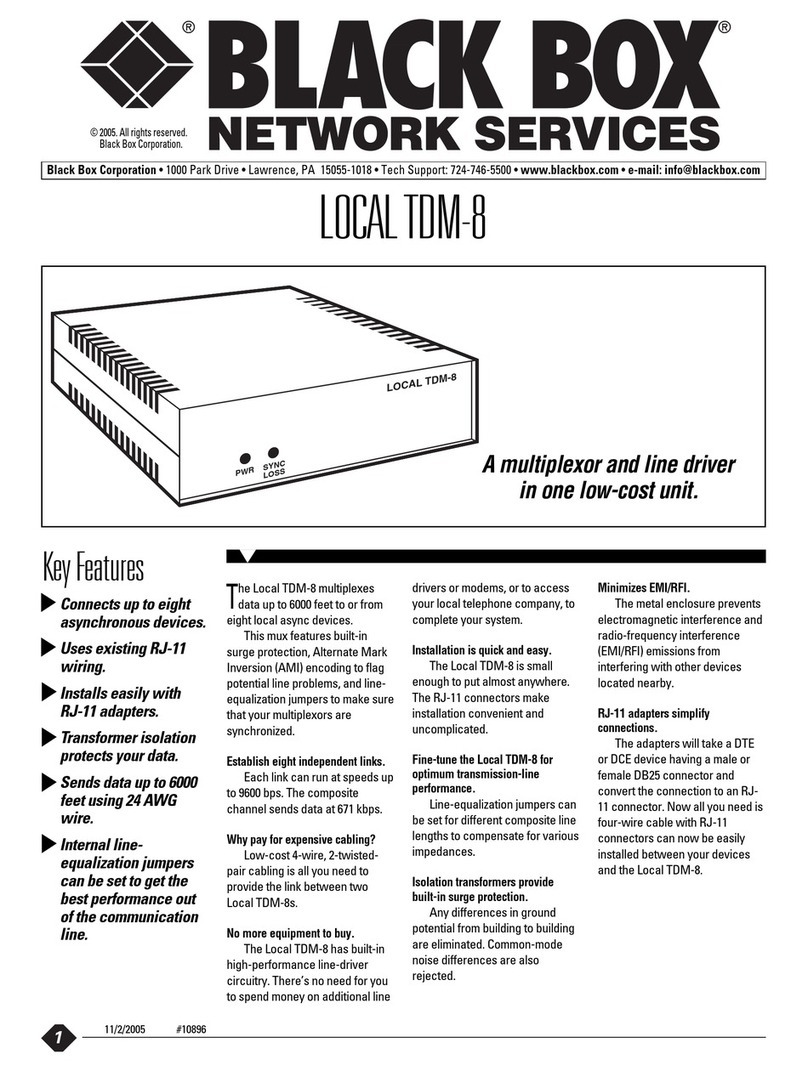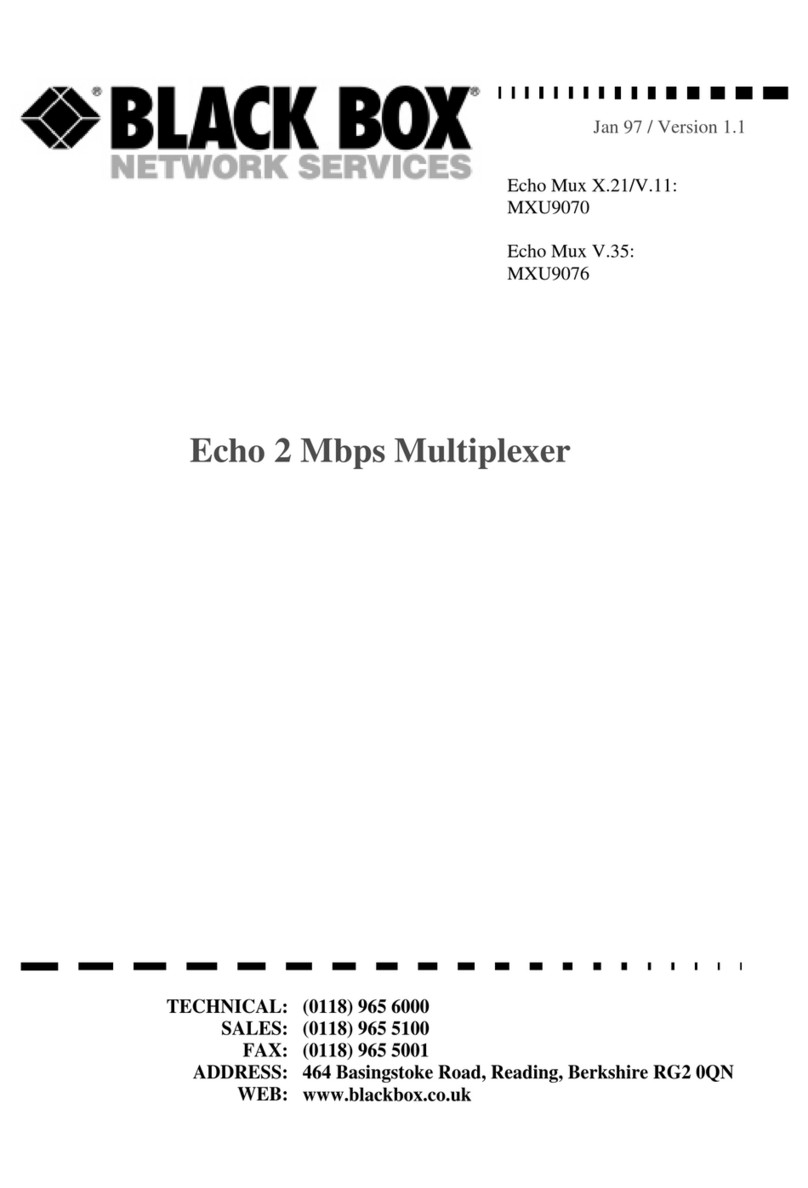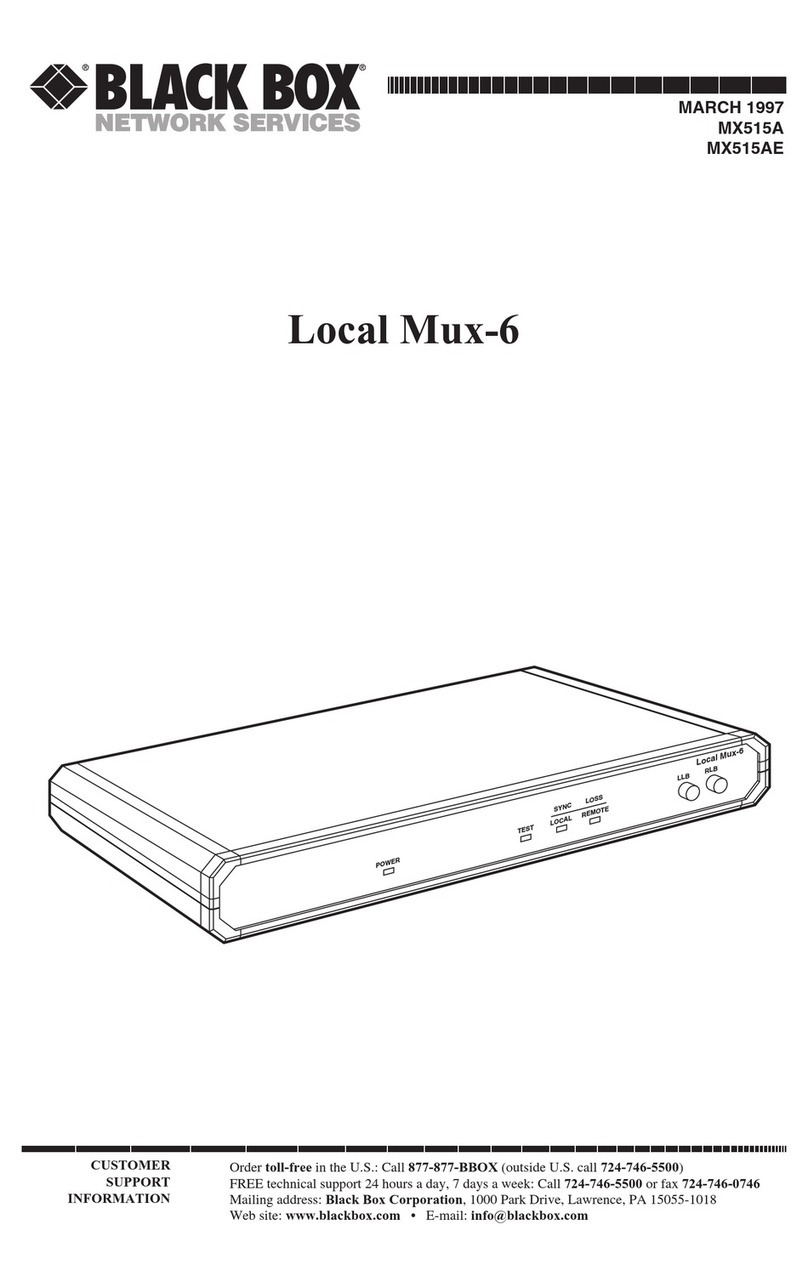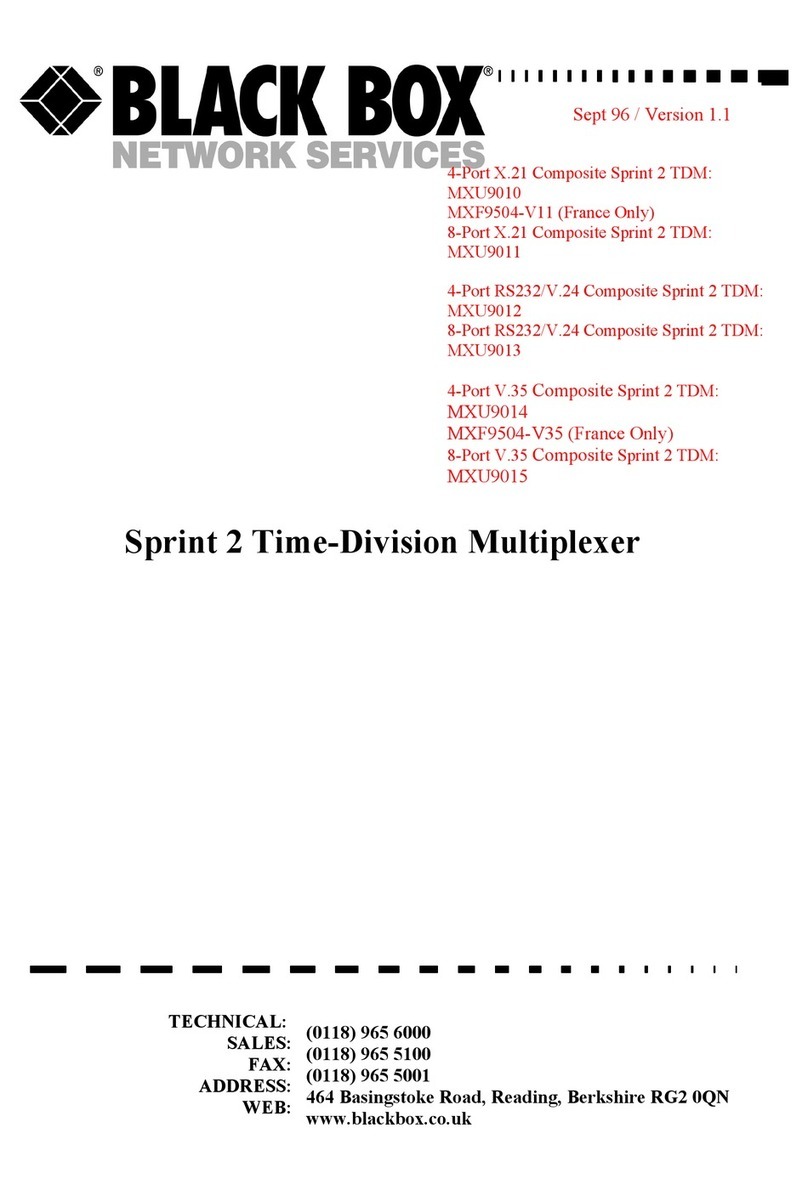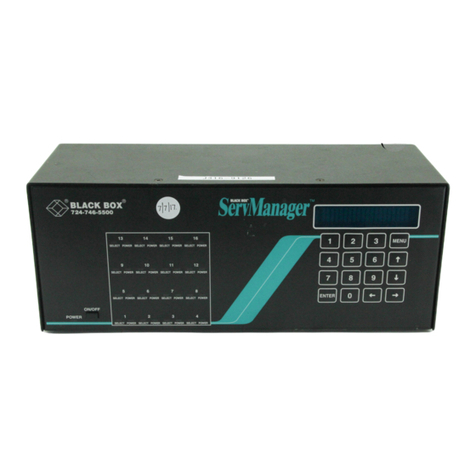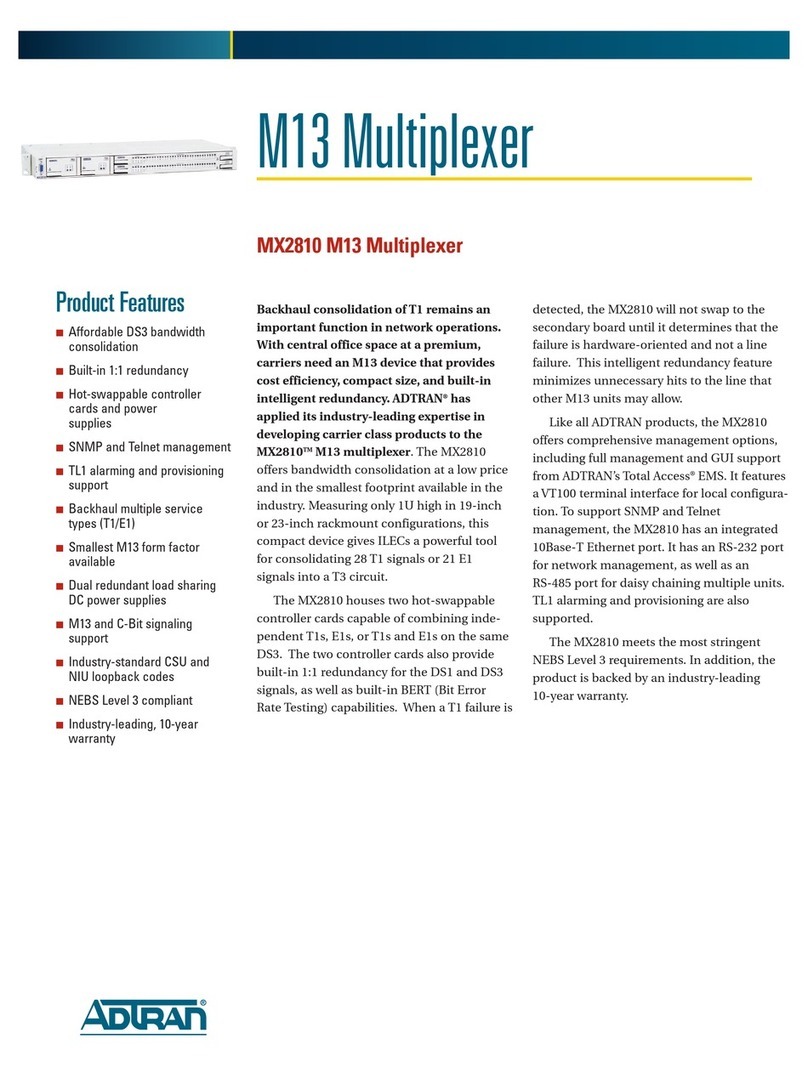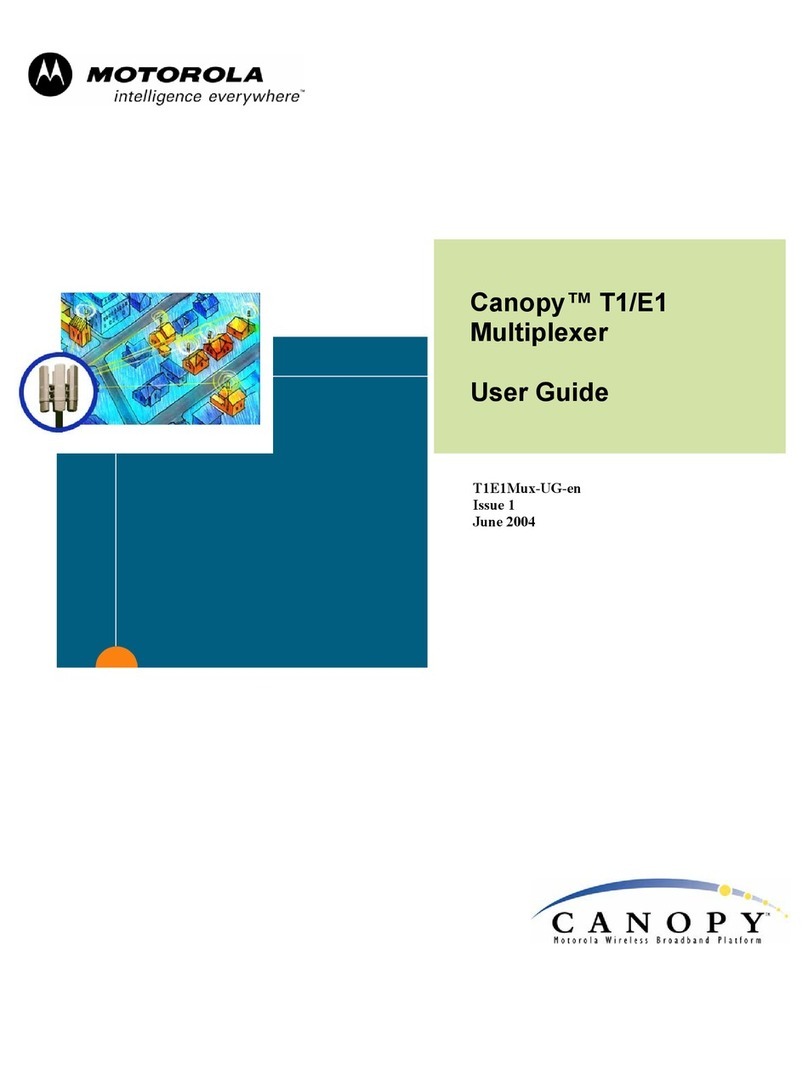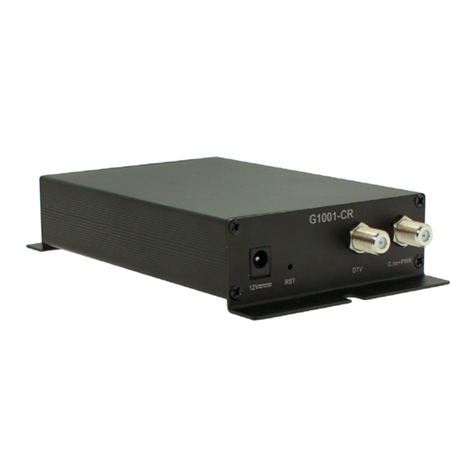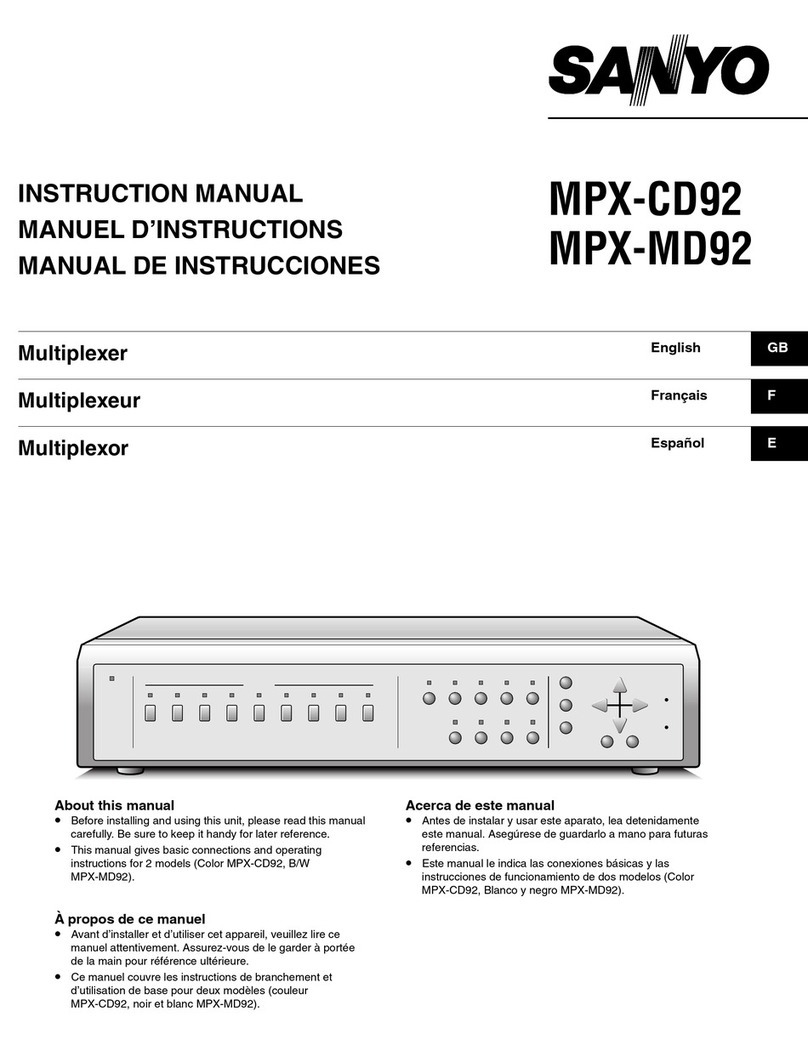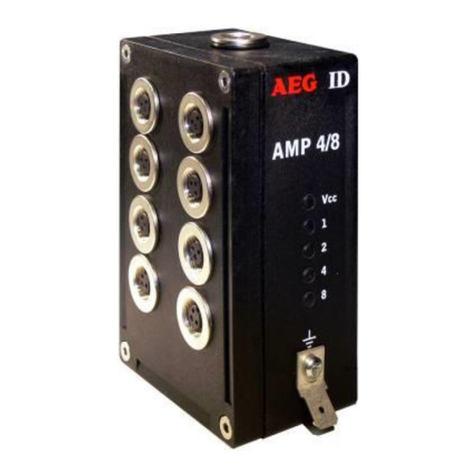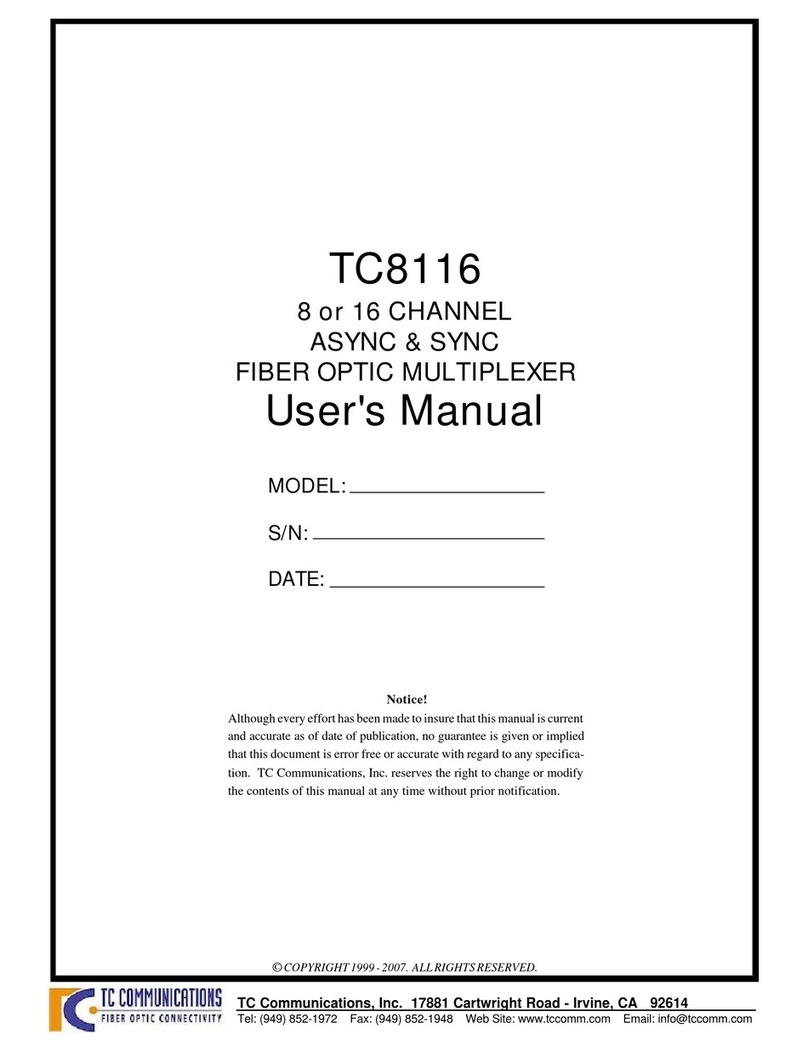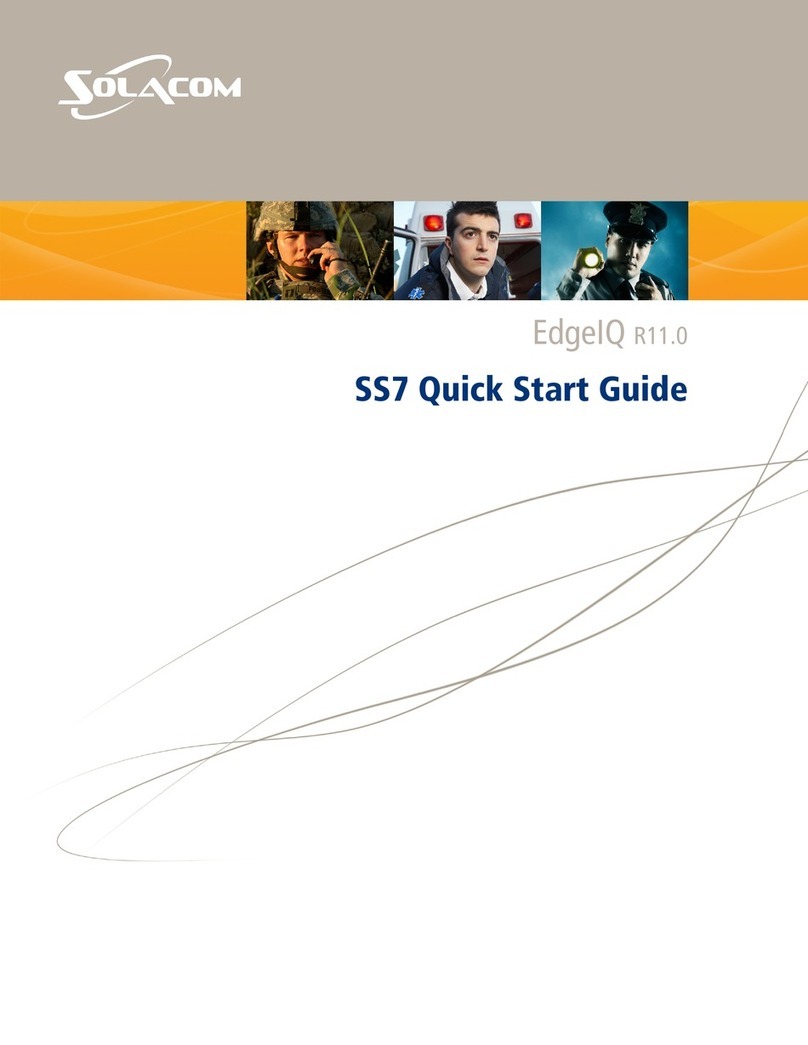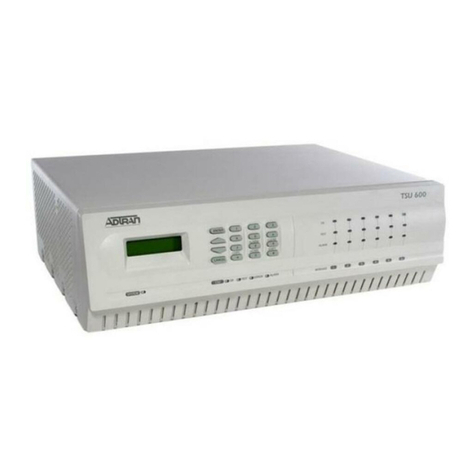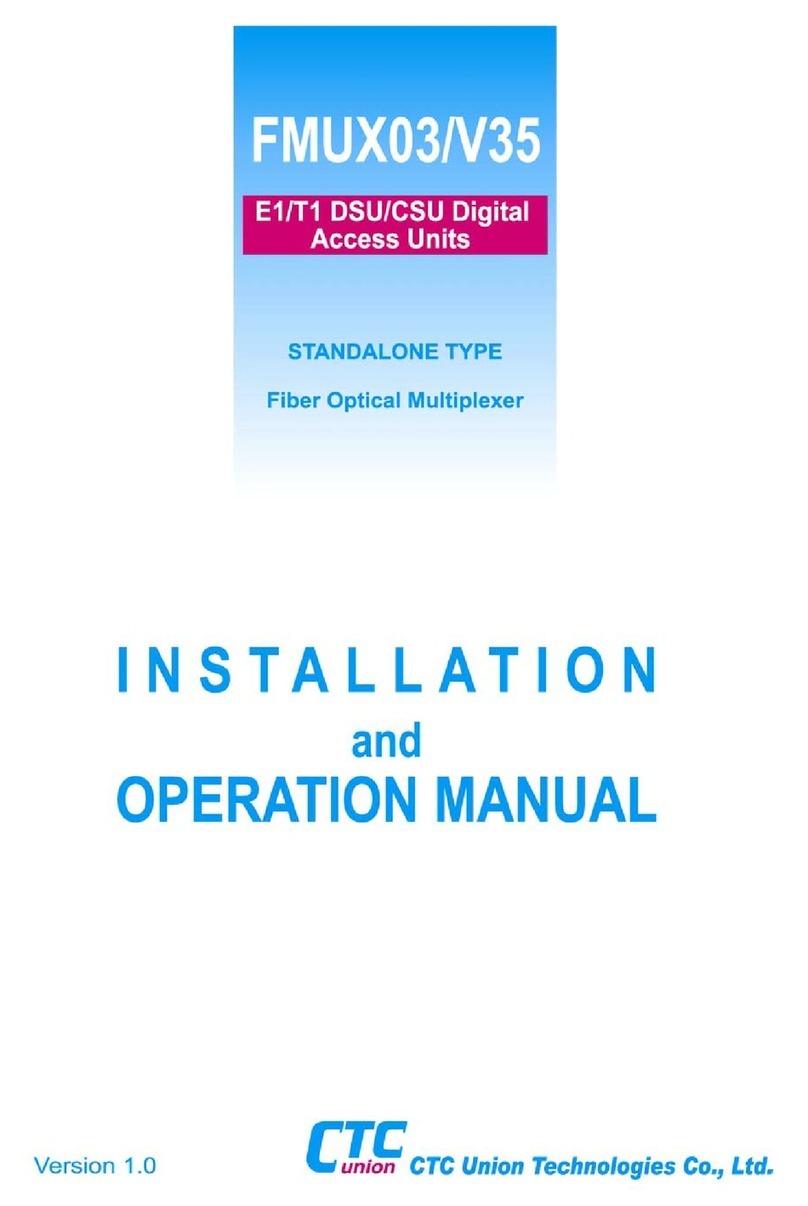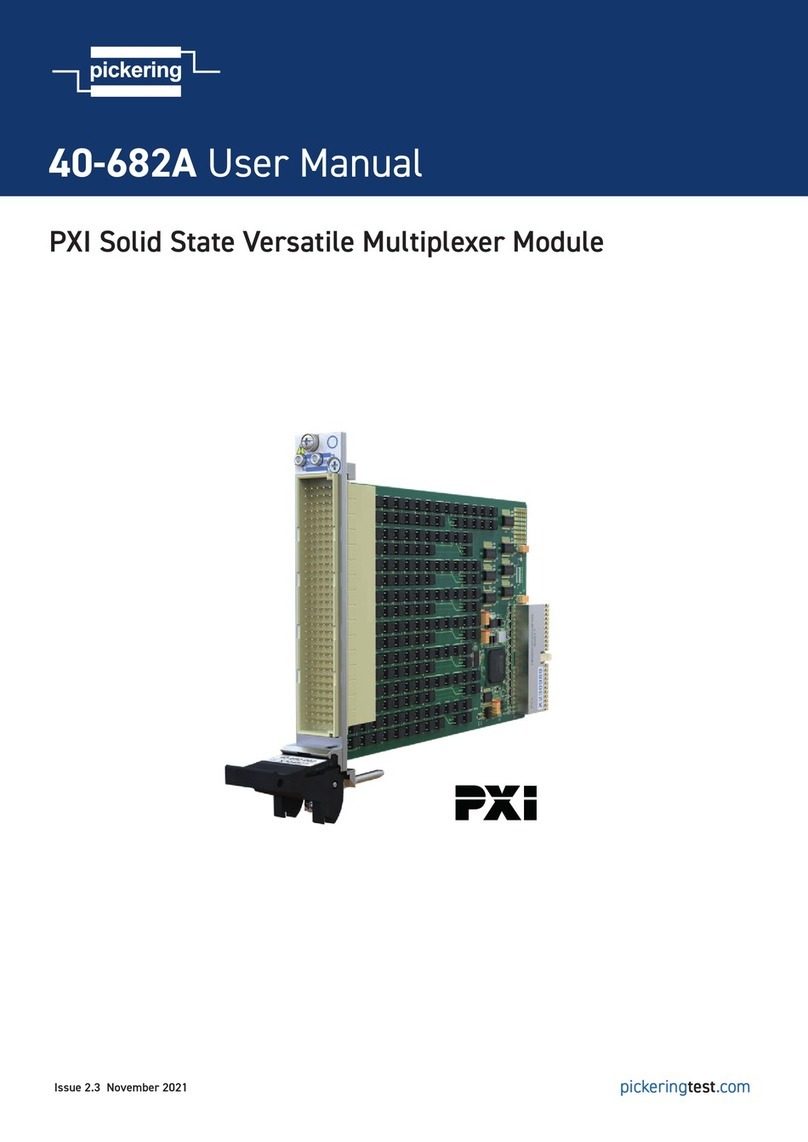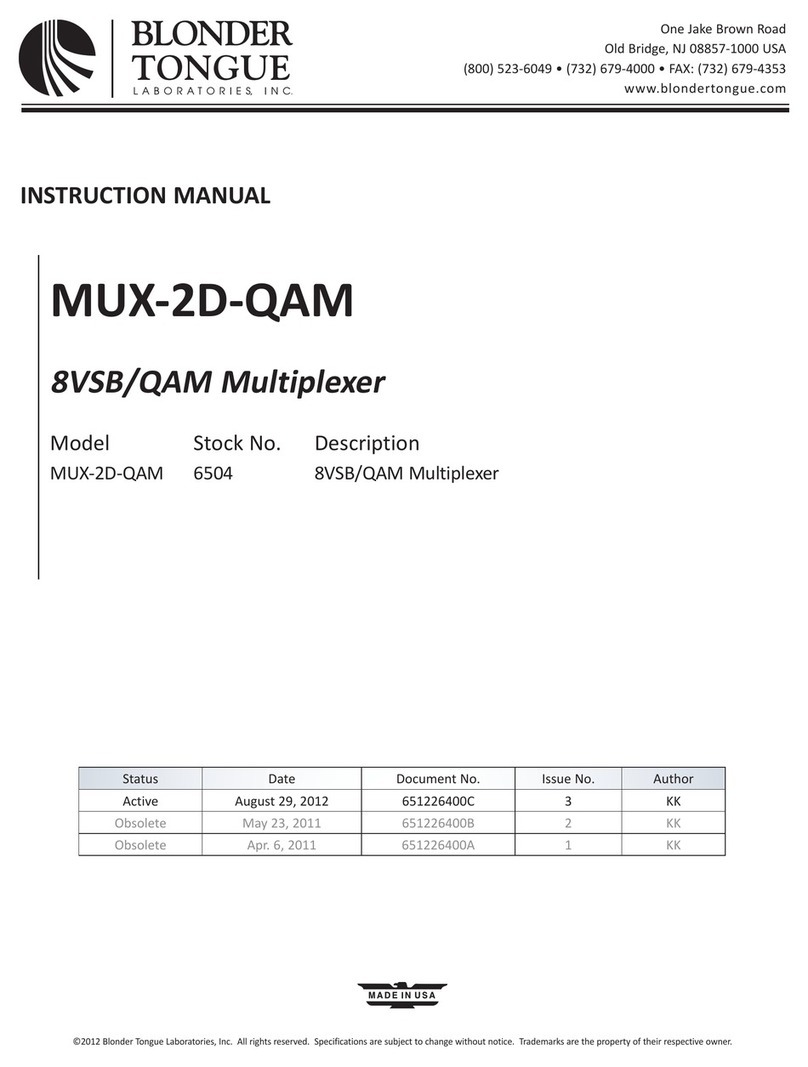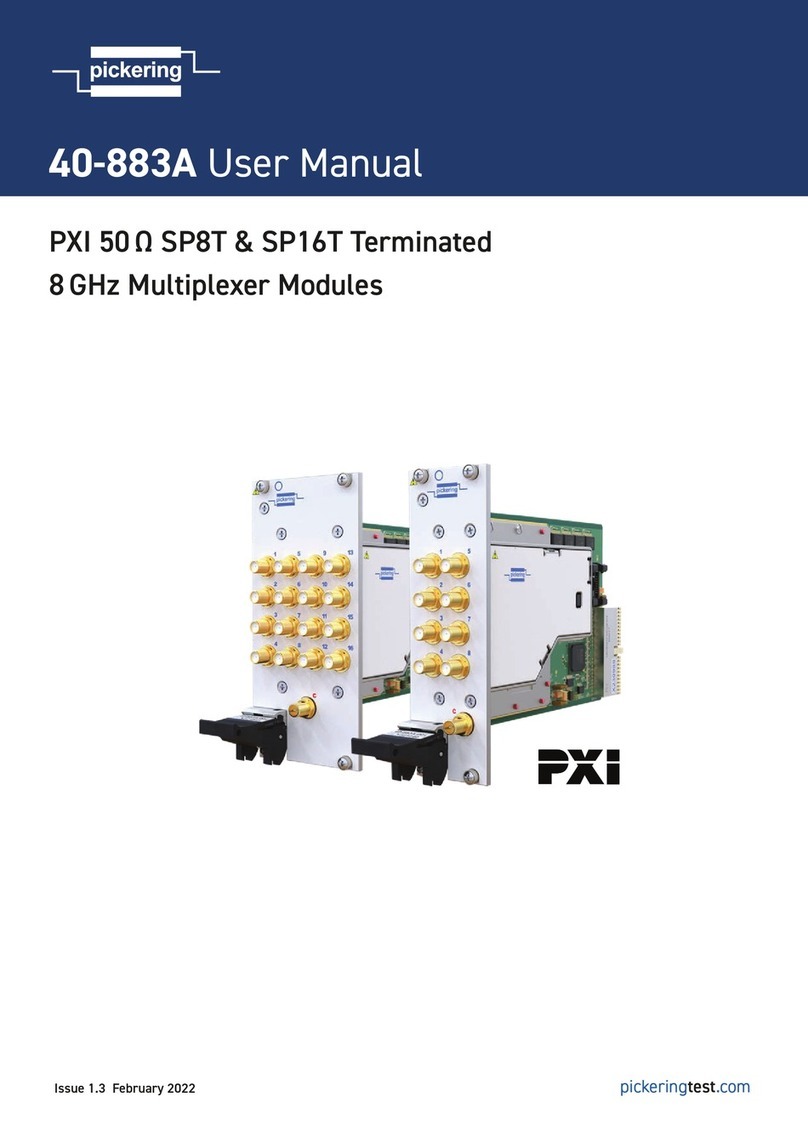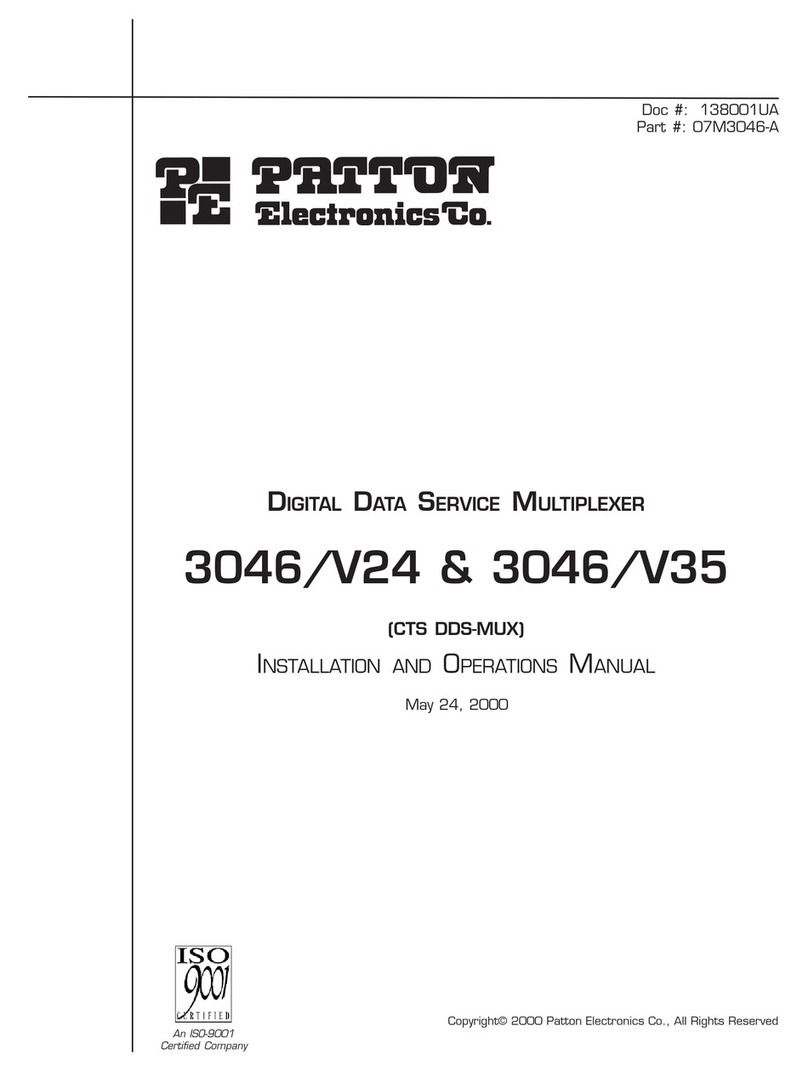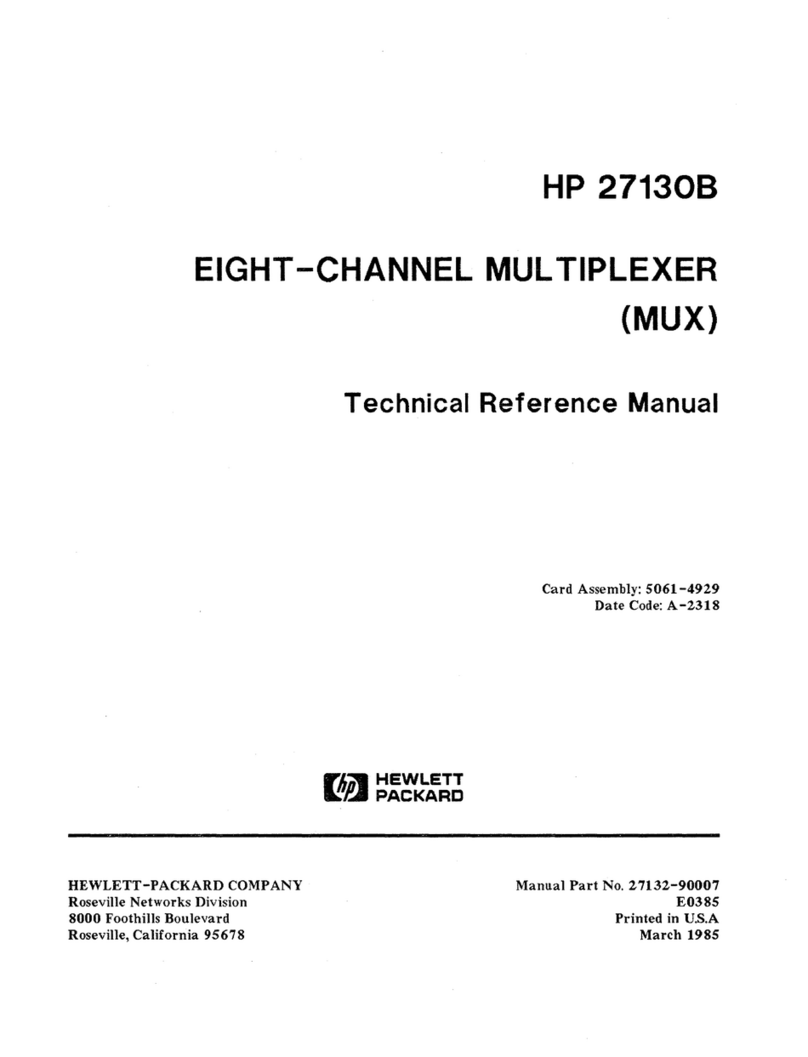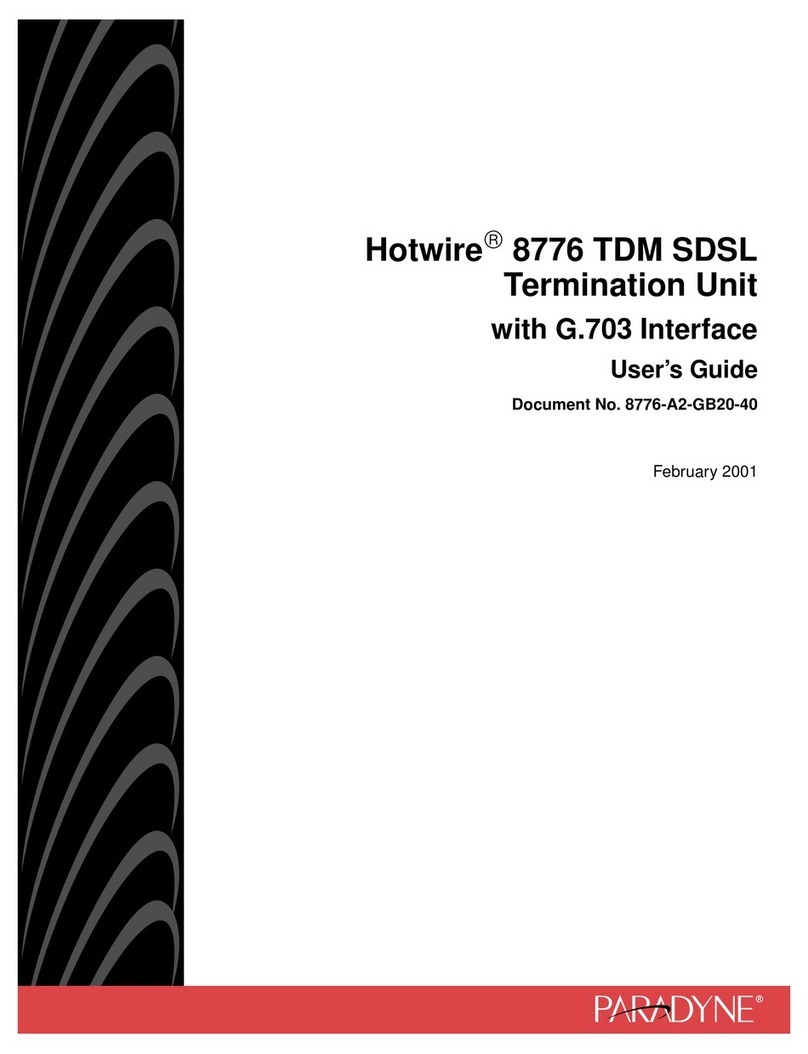CHAPTER 2: Introduction
13
2.3.1 VOICE/FAX INTERFACE MODULE
The main function of the voice/fax interface
module is to convert the analog signals from the fax
machine or telephone equipment into digital form,
so they can be used by the digital processing
module. In addition, the voice/fax interface
module supplies impedance matching and signaling
conversion between the analog interface and the
Multiserver 500.
2.3.2 DIGITAL PROCESSING MODULE
The digital processing module is the main
processing unit of the Multiserver 500. Its functions
include voice compression and multiplexing. In
addition, the LCD display and the keypad form part
of the digital processing module.
2.3.3 SERIAL INTERFACE MODULE
The serial interface module provides physical
connections for the data, composite, and Command
Port interfaces. It also contains the clock-
generating circuits derived either from internal or
external sources.
2.3.4 LCD
With the keypad, the LCD lets you configure and
monitor the Multiserver 500. It physically connects
to the digital processing module by a ribbon cable.
2.3.5 POWER SUPPLY
Power is supplied from a detachable power supply
through a connector at the back of the
Multiserver 500.
2.4 Interfaces
There are four interfaces that connect to the
Multiserver 500: data channel, voice/fax channel,
Command Port, and composite ichannel nterface.
2.4.1 DATA CHANNEL
The data channel interface is an RS-232 interface
terminated in a DB25 connector wired as DCE.
Support for V.35, RS-449/RS-530, and X.21 physical
levels is available on an optional basis, implemented
by daughterboards that plug into the serial
interface module.
The mux can accept both synchronous data
ranging from 1200 bps to 72,000 bps, and
asynchronous data ranging from 1200 bps to 57,600
bps.
2.4.2 VOICE/FAX CHANNEL
Depending on the type of telephone equipment (or
other analog equipment) interfacing with the
voice/fax channel, the voice/fax channel conforms
with one of three common types of signaling
conventions:
•FXS (Foreign Exchange Station)—Loop Start
•FXO (Foreign Exchange Office)—Loop Start
•E&M (E-lead and M-lead)—Tie Line Trunk
You can easily match the Multiserver 500 with the
correct telephone interface with a set of three
optional analog interface modules: FXS, FXO, and
E&M.
For more detailed information on the analog
interface modules, refer to Appendixes A, B, and C.
2.4.3 COMPOSITE CHANNEL
The composite is a synchronous channel ranging
from 7200 bps to 72,000 bps. Physically, the
composite channel is an RS-232 port terminated in
a DB25 connector wired as DCE. Support for V.35
RS-449/RS-530, and X.21 physical levels is also
available, implemented by daughterboards that
plug into the serial interface module.
2.4.4 COMMAND PORT
The Command Port is one way to access the
command facility of the Multiserver 500. Use the
command facility to issue commands and to
monitor status.
Physically, the Command Port is a set of two RJ-45
connectors at the back panel. It’s used to connect
an external asynchronous terminal to the
Multiserver 500.
In a single Multiserver 500 application, the CMD
PORT-IN connector is used for connection to the
terminal.
When several muxes are controlled by a single
terminal, the CMD PORT-IN connector connects to
the previous Multiserver 500 (or terminal, if it is the
first unit in line) and the CMD PORT-OUT
connector connects to the next Multiserver 500 in
























